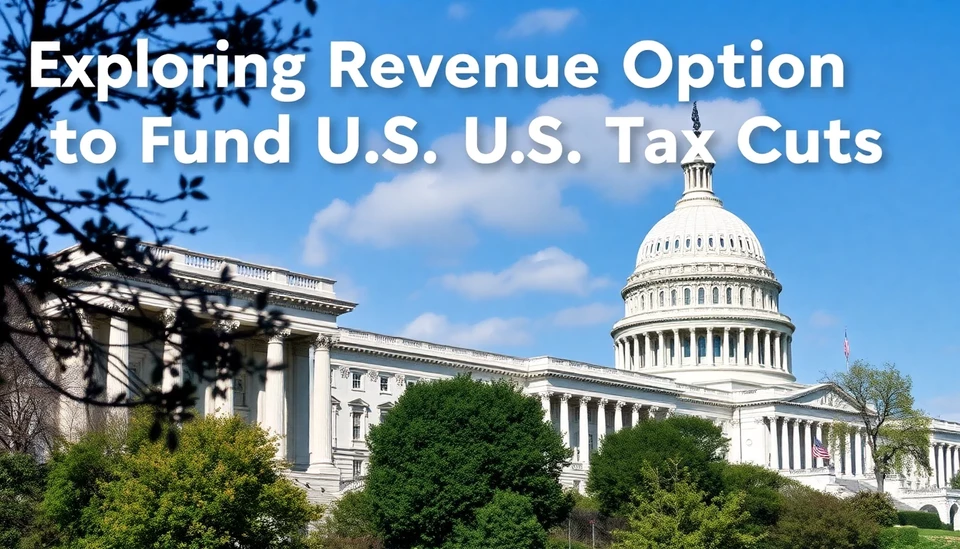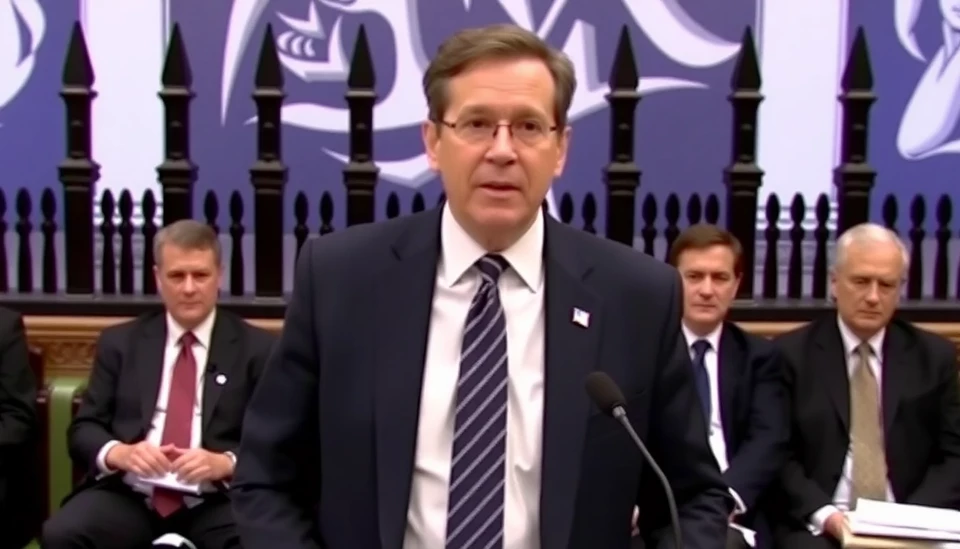
In a landscape dominated by discussions surrounding fiscal policies, a recent Bloomberg newsletter sheds light on the urgent necessity for funding sources to support upcoming tax cuts in the United States. As lawmakers deliberate on economic strategies, the focus also shifts to potential revenue avenues that can effectively subsidize these tax reductions without jeopardizing national economic stability.
The conversation surrounding tax cuts is not merely an abstract economic debate; it holds real consequences for the American populace. As tax legislation progresses, the government must identify sustainable ways to offset the impact of these cuts on federal revenue. Economists and policymakers have underscored the importance of striking a delicate balance between providing relief to taxpayers and ensuring that public services remain adequately funded.
Among the various options being explored, one highlighted strategy is the enhancement of tax compliance measures. By narrowing the tax gap—an estimated $540 billion per year—the government can retrieve revenue lost through underreporting and evasion. This approach emphasizes the importance of strengthening enforcement mechanisms and simplifying the tax process, thereby encouraging compliance among citizens while still maintaining integrity in the system.
Tax reforms could also include revisiting existing tax structures, particularly capital gains taxes or corporate taxes, to close loopholes that disproportionately benefit upper-income earners and large corporations. Lawmakers are encouraged to evaluate whether raising taxes on higher income brackets or a marginal increase in corporate rates could yield adequate revenue to balance the budgetary impacts of tax cuts aimed at middle- and lower-income households.
Additionally, some proposals suggest improving the efficiency of government spending. By scrutinizing current expenditures and eliminating wasteful programs, savings could be redirected to fund the tax cuts. This holistic review of federal spending could potentially yield billions, alleviating the burden of the tax cuts without necessitating higher taxes elsewhere.
Another avenue to consider is the introduction of new taxes or fees that target specific sectors, such as technology giants or luxury goods. These “sin taxes” could resonate with public sentiment by ensuring that those who can afford to pay more support essential services and utilities. This strategy not only generates revenue but also aligns with societal values that advocate for fairness and equity in taxation.
Critics of tax cuts argue that without comprehensive plans for revenue generation, these policies could lead to increased deficits. They warn against the long-term ramifications of insufficient funding for vital programs, including healthcare, education, and infrastructure. As discussions around tax cuts intensify, the pressure on lawmakers to devise sustainable solutions will only grow.
The upcoming discussions may determine the feasibility of such revenue-generating proposals. As the nation grapples with economic recovery post-pandemic, the stakes have never been higher. These essential conversations will undoubtedly shape the future fiscal landscape of the country and how tax policy will evolve to meet the needs of its citizens.
In conclusion, while tax cuts present a favorable opportunity for economic relief, they bring about the urgent need for an innovative and robust approach to revenue generation. Without addressing these concerns, the balance between fiscal responsibility and taxpayer relief could become increasingly tenuous, affecting millions across the nation.
#TaxCuts #USEconomy #FiscalPolicy #RevenueGeneration #TaxCompliance #EconomicStability
Author: Daniel Foster




